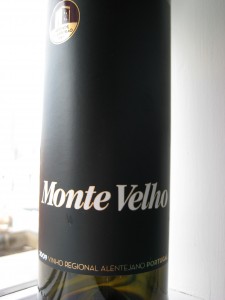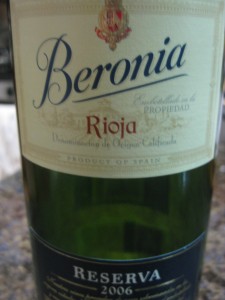 Shakespearean Mischief
Shakespearean Mischief
Puck was always my favorite character in Shakespeare. Something about his making mischief in a good-hearted way (usually) made him stand out from all the serious characters enmeshed in global intrigue, family vengeance and overly-dramatic love sequences. Puck has none of that – he wants to create mischief and maybe mess with the protagonists a bit.
Iberian Puck
Now if Puck were drinking wine, it’s pretty clear to me that he’d be drinking Iberian wine. One specific grape from the Iberian peninsula, to be precise. This is the grape that seems to go by every name on the planet and manages to blend in with its surroundings impressively. Spain, Portugal, California – this grape of mystery is the spy that infiltrated them all, always under an assumed name.
Bottom’s Up
Aragones is the name on the bottle of this blend (with Trincadeira and Castelao – two Portuguese grapes that were once thought to be the same). But wikipedia lists out dozens of synonyms so expect to be tricked many times. I sure have. And I’m pleased to be tricked, time and again, just so long as Nick Bottom isn’t my eventual life-partner.
 Puckish Wine FTW
Puckish Wine FTW
So, for the second time, this grape has tricked me. Well played, Puck/ Aragones/ Cencibel/ Tempranillo. Your name will not be forgotten (but we probably won’t learn all the synonyms either).
Taste:
Opinion divided at this wino’s household. Nobody loved it exactly and nobody hated it, but 3/7 of the home disliked it and found it too dry. A slight majority liked it for its black fruit and thought it better with food than on its own. It’s on the lighter side with spice of the Midwestern variety (i.e. black pepper), not the Thai/Indian/Mexican inferno that also goes by “spice.” Smooth and holds together really well without a super long finish. At $9, we’re talking a pretty great value for everyday wine. But try it first – you might be part of that 3/7th.
Detail Up!
Herdade do Esporão Portugal Red 2009 “Monte Velho Red” from Alentejo (halfway down from Lisbon), Portugal
Random Googles:
* Castelão, one of the two new grapes, has a pretty amazing synonym – Periquita. It means “parakeet” in Portuguese and nobody’s exactly sure why.
* Castelão and Trincadeira (aka Tinta Amarela), today’s new grapes, are both from Portugal, in areas south of Lisbon. Like many grapes in Portugal, they’re permitted in Port wine. Don’t try and name all 82 port wine grapes – you’ll fail and someone else will have finished the bottle.
* Trincadeira took home an award in the value wine arena. Surprisingly, the bottle was from Australia.
